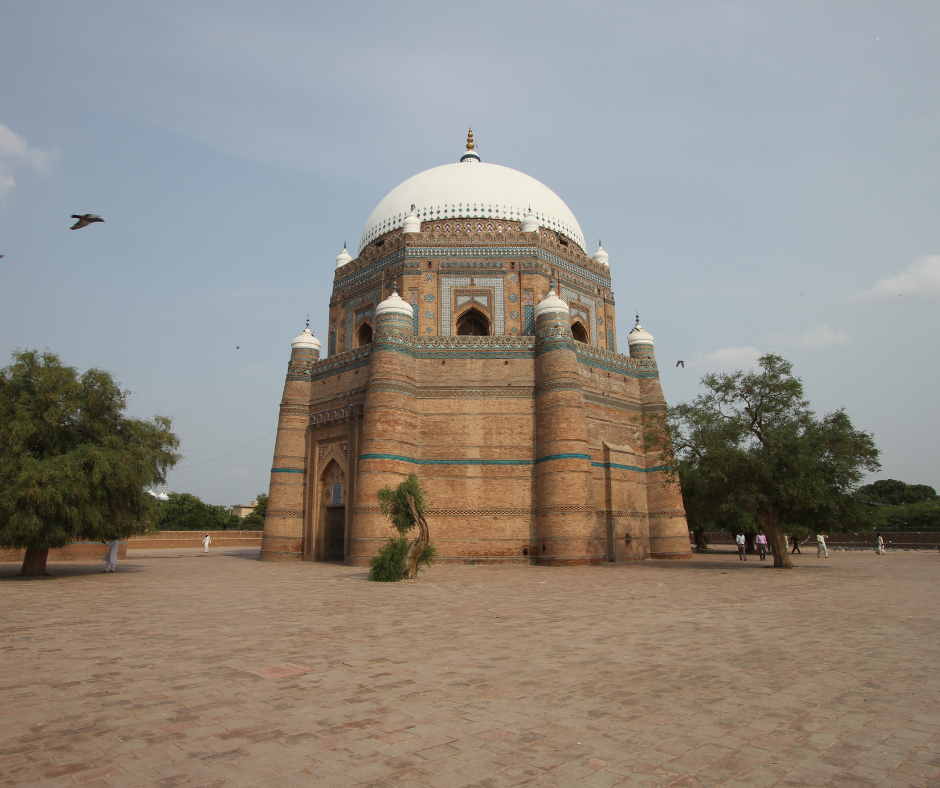Multan, known as the “City of Saints,” is a historical gem nestled in the heart of Pakistan’s Punjab province. The city is not only renowned for its ancient heritage and religious significance but also for its thriving culture and vibrant bazaars. Multan has a rich blend of history, culture, and spirituality, offering a unique travel experience. Whether you are a history buff, a food lover, or someone seeking a spiritual journey, Multan has something to offer.
Top Attractions in Multan
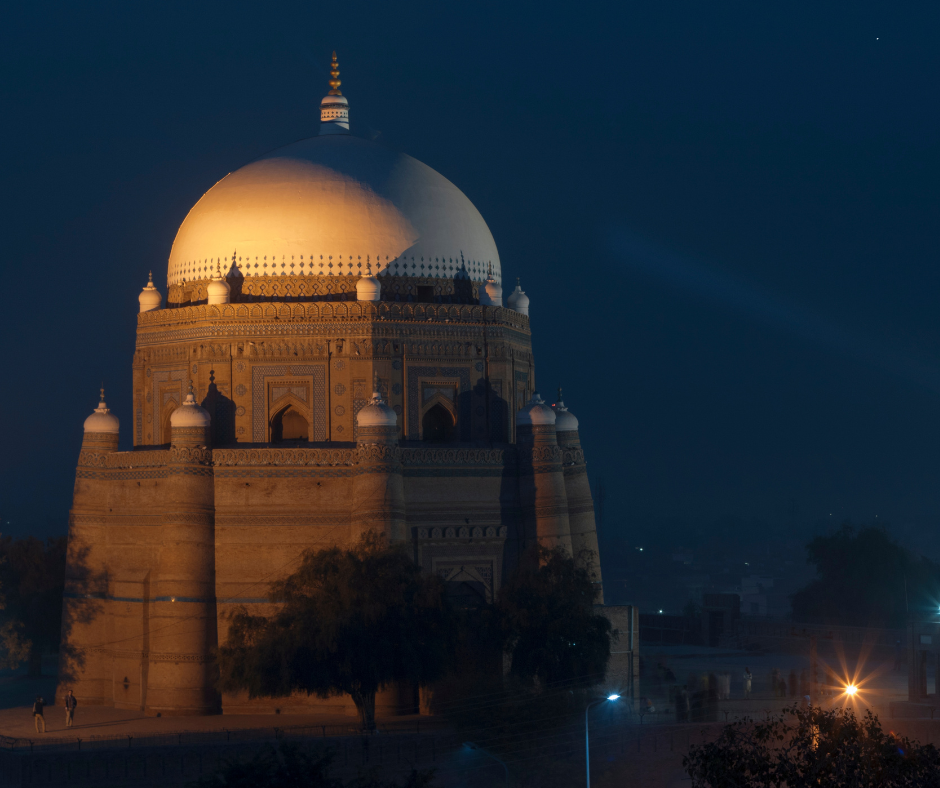
Multan boasts an array of historical, spiritual, and cultural landmarks. Whether you’re a fan of architecture or seeking peace in ancient shrines, there’s something special for every traveler.
1. Shrine of Bahauddin Zakariya: A Spiritual Beacon
The Shrine of Hazrat Bahauddin Zakariya is one of Multan’s most revered sites. Hazrat Bahauddin Zakariya was a famous Sufi saint whose teachings spread across the subcontinent. His shrine is visited by thousands of devotees every year. The structure itself is a blend of Islamic and Mughal architecture, with intricate tile work and grand arches. The peaceful atmosphere around the shrine provides a calming retreat for both the spiritual and curious travelers.
2. Shrine of Shah Rukn-e-Alam: A Masterpiece of Architecture
Another remarkable shrine in Multan is that of Shah Rukn-e-Alam, a famous Sufi saint. This magnificent mausoleum is one of the largest in South Asia and is a perfect example of the grandeur of Islamic architecture. Its striking dome, adorned with beautiful tiles, can be seen from miles away. Visitors often come here not only to pay respects but to admire the stunning architecture and the surrounding peaceful gardens.
3. Multan Fort: A Glimpse into the Past
Situated on the banks of the Chenab River, the Multan Fort is one of the oldest and most significant historical sites in the city. The fort has witnessed countless invasions, battles, and empires over the centuries. Although much of it lies in ruins today, the fort still holds great historical value. Visitors can explore its ancient walls, gates, and the impressive structure of its remains, along with enjoying panoramic views of the city from the fort’s top.
4. Hussain Agahi Bazaar: A Shopper’s Paradise
Multan’s Hussain Agahi Bazaar is a bustling street market that offers a sensory overload of sights, sounds, and smells. This market is a must-visit for anyone wanting to experience the true essence of the city. From traditional Multani fabrics, pottery, and brassware to local spices and sweets, you’ll find everything here. It’s an excellent spot for picking up souvenirs or simply soaking in the vibrant atmosphere of the city’s shopping culture.
5. Tomb of Shams Tabriz: The Silent Witness of History
The Tomb of Shams Tabriz, a renowned Sufi poet and spiritual guide, is a place of peace and serenity. The tomb is located in the quiet outskirts of Multan, and its unassuming beauty attracts visitors who are searching for spiritual solace. It is a calming place to reflect and meditate. The tomb, surrounded by lush greenery, is not just an architectural gem but also a spot for introspection and quiet contemplation.
6. Ghanta Ghar: A City Landmark
Ghanta Ghar, or the Clock Tower, is an iconic structure in Multan that dates back to the British colonial era. Situated at the heart of the city, the tower serves as a central point from which visitors can navigate the main markets, streets, and attractions. The clock tower stands as a symbol of Multan’s evolving history and is a prime example of colonial architecture in the city.
7. Multan Museum: A Window into the Past
For history enthusiasts, the Multan Museum is an absolute must-visit. The museum houses a remarkable collection of artifacts that represent Multan’s rich cultural and historical legacy. Exhibits range from ancient coins and pottery to manuscripts and religious items. The museum offers an insight into the city’s diverse past, from its time as a center of ancient civilizations to its role as a hub of Islamic scholarship.
8. Yadgar-e-Shuhada Park: A Tribute to Heroes
Yadgar-e-Shuhada Park is dedicated to the heroes who laid down their lives in the defense of the nation. This park is a beautiful blend of nature and history, with green spaces, fountains, and monuments. The park provides a serene atmosphere, ideal for families and history lovers alike. Visitors can learn more about the sacrifices made by Pakistan’s soldiers while enjoying a peaceful stroll through the park.
Places to Eat in Multan
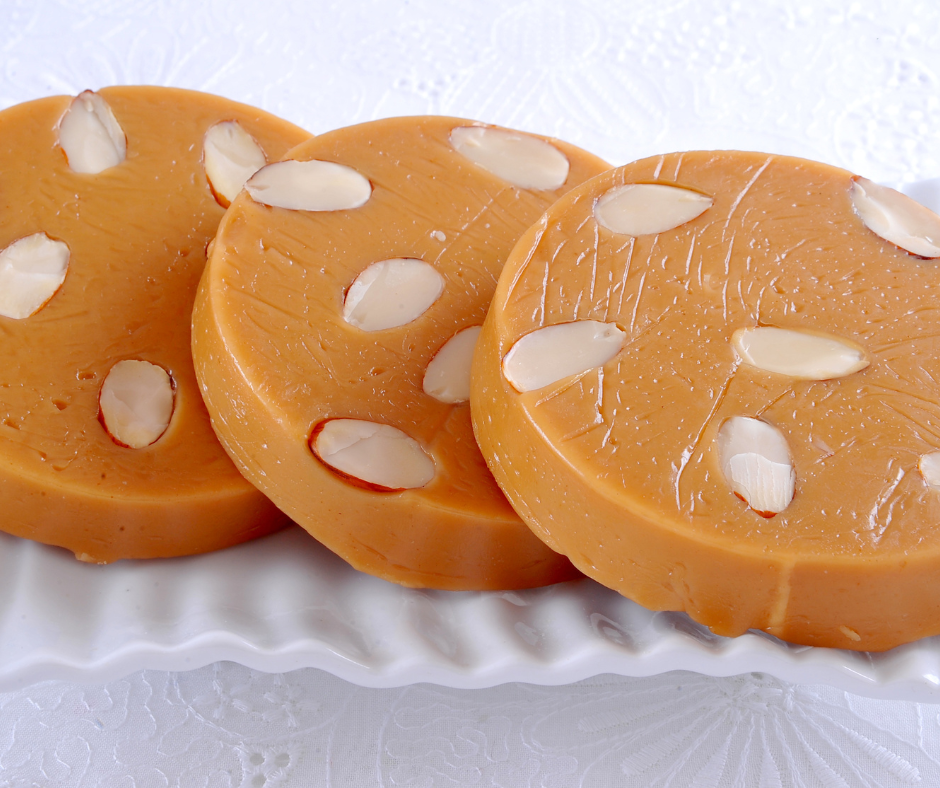
Multan’s food scene is as diverse and rich as its history. The city’s cuisine reflects a mix of Punjabi, Mughal, and Sufi influences, offering an array of delicious dishes.
1. Sufi Banaspati Channay: A Local Favorite
For a quintessential Multani breakfast, head to Sufi Banaspati Channay. This restaurant is famous for its hearty, flavorful channay (chickpea curry) served with freshly baked naan. It’s a beloved spot where locals gather every morning to enjoy this comforting dish, making it a must-try for anyone visiting the city.
2. Bundu Khan: A Taste of Tradition
Bundu Khan is a renowned restaurant chain known for its high-quality traditional cuisine. Offering mouth-watering kebabs, tikkas, and curries, it’s a go-to place for meat lovers. The restaurant’s ambience reflects the cultural richness of Multan, and the food is a true reflection of the region’s culinary heritage.
3. Multani Sohan Halwa: A Sweet Delight
Multan is famous for its Sohan Halwa, a sweet confection made from ghee, sugar, and nuts. Hafiz Halwa and Rewari Sweets are some of the best places to sample this delicacy. The soft, chewy texture and rich flavors make it a perfect souvenir to take back home.
4. Koyla Karahi: A Unique Dining Experience
Koyla Karahi offers an authentic dining experience where visitors can enjoy freshly cooked karahi (spicy meat dishes) cooked over an open coal fire. The smoky flavors and spicy richness of the karahi make it a favorite among locals and tourists alike.
5. Sheikh Fazal Food Street: A Culinary Haven
Sheikh Fazal Food Street is a bustling food paradise in Multan. The street is lined with a variety of food stalls and restaurants offering everything from biryani and fried fish to shawarma and sandwiches. It’s an ideal place to sample different local delicacies and enjoy a leisurely meal with family and friends.
6. Chaaye Khana: A Cozy Retreat
Chaaye Khana is a popular modern café in Multan, offering a great selection of teas, coffee, and light snacks. The café’s relaxed atmosphere, combined with excellent service, makes it a perfect spot to unwind and enjoy a quiet afternoon.
Transportation in Multan
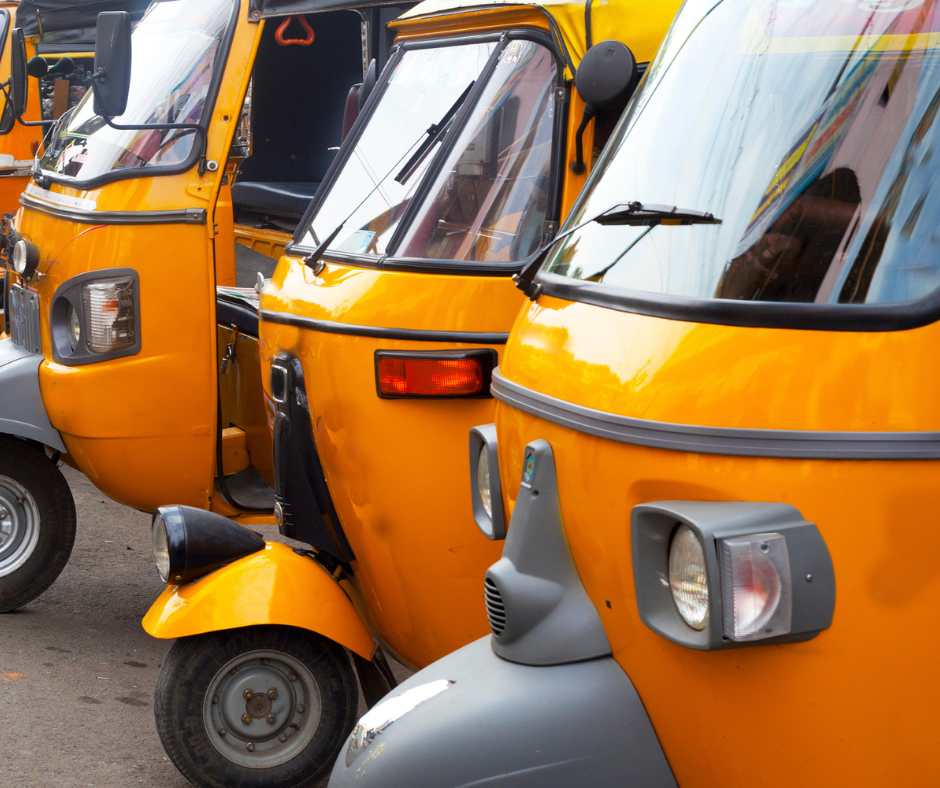
Multan offers various transportation options for tourists, ranging from public transport to private rides.
1. Public Buses: Affordable Travel Option
Public buses in Multan are an affordable and widely used mode of transportation. The buses cover most parts of the city, making it easy to get around. However, these buses can be crowded, especially during peak hours. They are best suited for budget-conscious travelers looking to experience the local lifestyle.
2. Rickshaws: A Traditional Ride
Rickshaws are a common mode of transport in Multan. They are ideal for short-distance travel and provide an authentic way to explore the narrow streets of the city. Rickshaw drivers are usually very knowledgeable about local landmarks, so it’s a great way to get a tour of the city while on the go.
3. Ride-Hailing Services: Convenient and Comfortable
Ride-hailing services like Uber and Careem are available in Multan. These services offer a convenient and comfortable way to travel, especially for tourists who may not be familiar with the city.
4. Car Rentals: Freedom to Explore
Renting a car is another popular option for tourists. Car rental agencies in Multan offer both self-drive and chauffeur-driven cars. Renting a car gives you the flexibility to explore the city at your own pace.
5. Walking: Perfect for Exploring Old Multan
Walking is the best way to explore the historic parts of Multan, especially the old city and its surrounding markets. The narrow streets, bustling bazaars, and ancient shrines are best experienced on foot.
When to Visit Multan
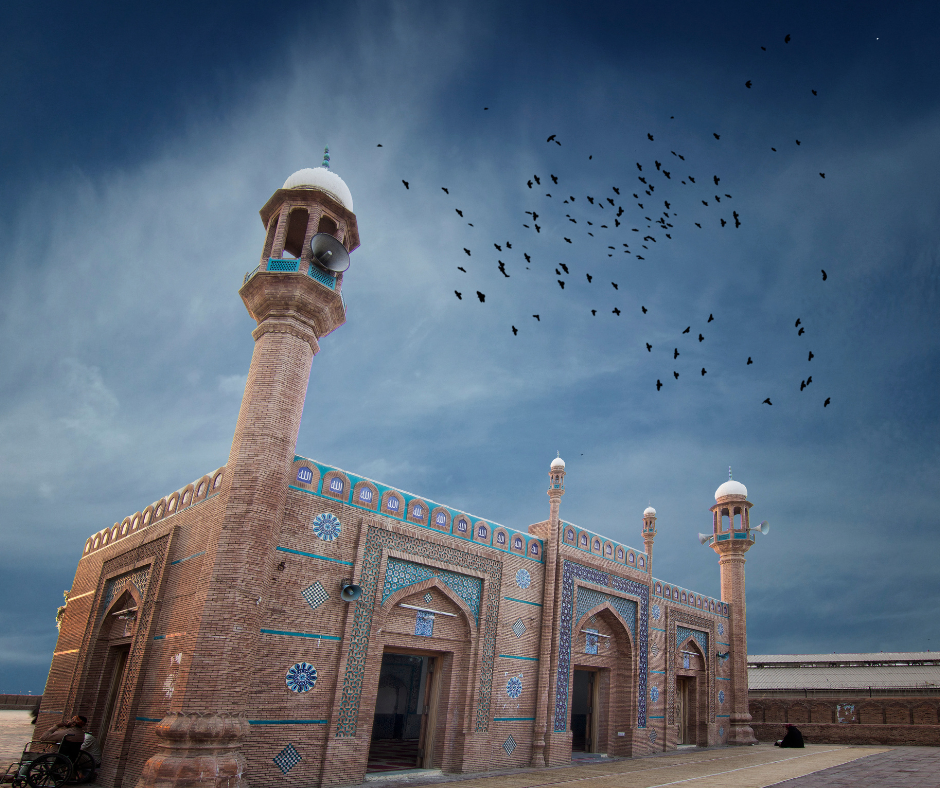
The best time to visit Multan depends on your preferences for weather and crowds.
1. Spring (March to April): Ideal for Sightseeing
Spring in Multan brings pleasant weather with moderate temperatures, making it the perfect time for outdoor activities like sightseeing and visiting shrines. The city is also beautifully green during these months, offering picturesque landscapes.
2. Winter (November to February): Comfortable and Cool
Winter is another excellent time to visit Multan. The temperatures during these months are cooler, which is perfect for exploring the city without the discomfort of the summer heat.
3. Summer (May to August): Hot and Humid
Summers in Multan can be extremely hot, with temperatures often exceeding 40°C (104°F). While it may not be the most comfortable time to visit, summer also brings the opportunity to experience Multan’s indoor attractions, such as its museums and historical buildings.
4. Autumn (September to October): Tranquil and Relaxed
Autumn is the off-peak season for tourism in Multan, making it an ideal time for those who want to avoid crowds. The weather during these months is moderate, and the city is quieter, offering a relaxed experience.

